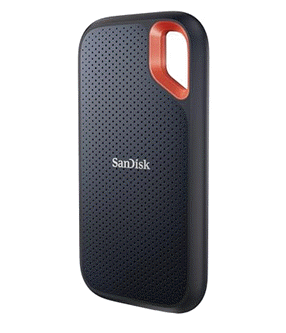Gayoung Lee
2025-07-03 11:57:00
gizmodo.com
Scientists with NASA’s Lucy mission are finally wrapping up the process of refining the data gathered by the spacecraft’s April 20 encounter with Donaldjohanson, an asteroid in our solar system’s main asteroid belt. And it’s, uh, as peanut-shaped as we first saw it.
Earlier this year, Lucy’s Long Range Reconnaissance Imager snapped an image of Donaldjohansson while quickly swooping past it, at a distance of about 600 miles (960 kilometers), with the smallest visible features measuring around 130 feet (40 meters) across—an impressive close-up, considering the overall scale of anything we observe in space.
Regrettably, the Sun’s position behind Lucy reduced the contrast of the asteroid’s smaller details. But the close visit is invaluable nevertheless, as it’s allowing scientists to carefully comb over the details of its surface after adjusting for the brightness.

“Asteroid Donaldjohanson has strikingly complicated geology,” said Hal Levison, Lucy’s principal investigator, in an earlier press release about the asteroid. Donaldjohansson likely got its lumpy shape from a cosmic collision between two smaller objects around 150 million years ago. It’s a relatively common shape among smaller asteroids in the solar system, so what we learn from Donaldjohanson could inform our understanding of many other cosmic objects.
“As we study the complex structures in detail, they will reveal important information about the building blocks and collisional processes that formed the planets in our Solar System,” Levison added in the same release.
Donaldjohansson is not the main objective of the Lucy mission, whose itinerary is set for the eight Trojan asteroids that share Jupiter’s orbit around the Sun. Still, Lucy’s Donaldjohanson encounter—and the November 2023 flyby of asteroid Dinkinesh—is an excellent “dress rehearsal” for Lucy as it continues its journey toward the cooler, outer regions of the solar system, according to NASA’s Erin Morton in a statement earlier this week.
Lucy’s next milestone is set to occur in August 2027, when the spacecraft will finally start to explore the Jupiter Trojan asteroids in earnest—starting with Eurybates, a carbonaceous asteroid so big that it has its own satellite, Queta.
Keep your files stored safely and securely with the SanDisk 2TB Extreme Portable SSD. With over 69,505 ratings and an impressive 4.6 out of 5 stars, this product has been purchased over 8K+ times in the past month. At only $129.99, this Amazon’s Choice product is a must-have for secure file storage.
Help keep private content private with the included password protection featuring 256-bit AES hardware encryption. Order now for just $129.99 on Amazon!
Help Power Techcratic’s Future – Scan To Support
If Techcratic’s content and insights have helped you, consider giving back by supporting the platform with crypto. Every contribution makes a difference, whether it’s for high-quality content, server maintenance, or future updates. Techcratic is constantly evolving, and your support helps drive that progress.
As a solo operator who wears all the hats, creating content, managing the tech, and running the site, your support allows me to stay focused on delivering valuable resources. Your support keeps everything running smoothly and enables me to continue creating the content you love. I’m deeply grateful for your support, it truly means the world to me! Thank you!
BITCOIN
bc1qlszw7elx2qahjwvaryh0tkgg8y68enw30gpvge Scan the QR code with your crypto wallet app |
DOGECOIN
D64GwvvYQxFXYyan3oQCrmWfidf6T3JpBA Scan the QR code with your crypto wallet app |
ETHEREUM
0xe9BC980DF3d985730dA827996B43E4A62CCBAA7a Scan the QR code with your crypto wallet app |
Please read the Privacy and Security Disclaimer on how Techcratic handles your support.
Disclaimer: As an Amazon Associate, Techcratic may earn from qualifying purchases.







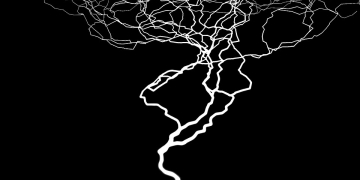

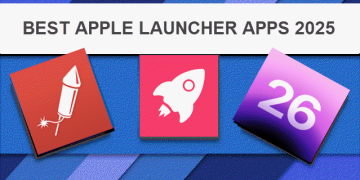










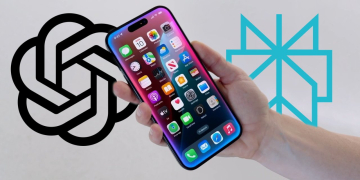
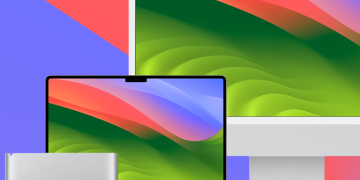
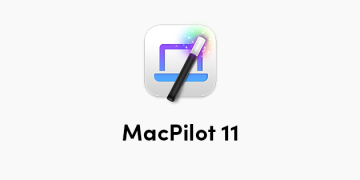





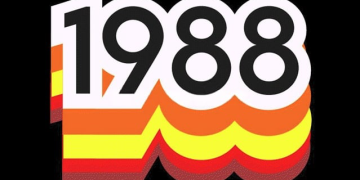










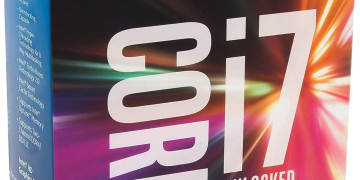
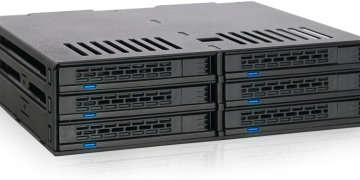
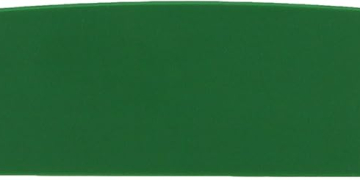
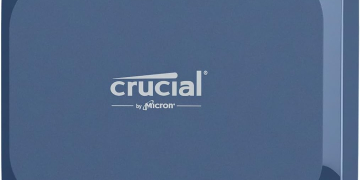














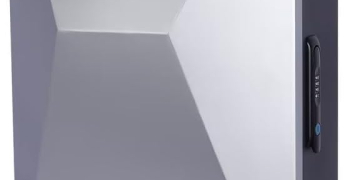
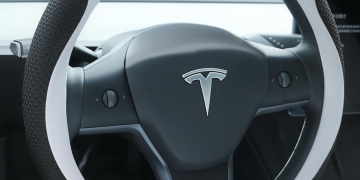
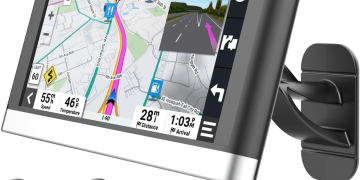






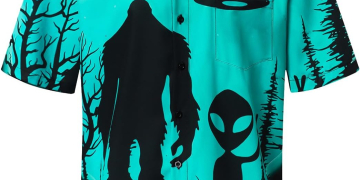
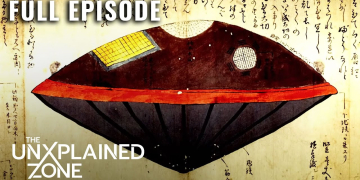
![Roswell: The U.F.O. Cover-Up [DVD]](https://techcratic.com/wp-content/uploads/2025/07/91p97-50EwL._SL1500_-360x180.jpg)

